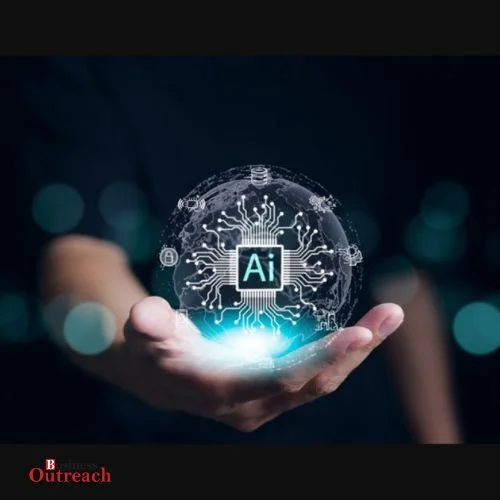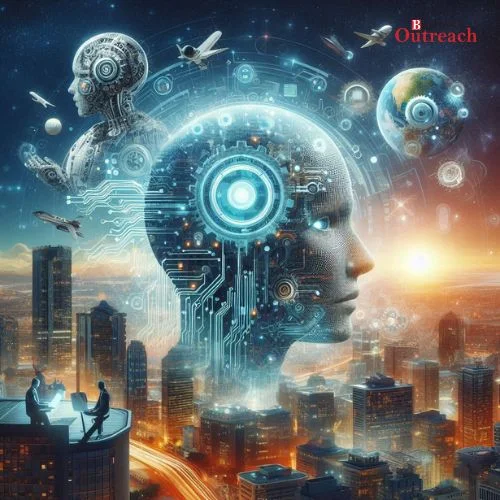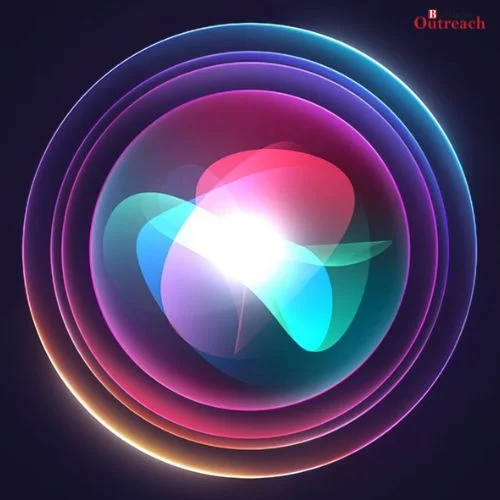Approximately three weeks after reintroducing the feature in beta after a few months of break, OpenAI has officially debuted its internet-browsing feature to ChatGPT.
The generative AI chatbot ChatGPT, which has been sweeping the globe in the last 12 months, was previously only able to access data through September 2021, which prevented it from being used as a real-time search engine. But since the live web isn’t as carefully curated as a static training data set, OpenAI began providing internet services to ChatGPT back in March. This move has always carried some risk, as it could lead to algorithmic chaos and abuse by dishonest actors.
Then, in May, OpenAI began to roll out web search using Microsoft’s search engine Bing, which supports OpenAI financially. In late June, OpenAI also began to offer access to the ChatGPT mobile app. But when it was found that ChatGPT could display content that was paywalled, the new feature was quickly removed.
In late September, OpenAI resumed rolling out the Browse with Bing feature after improving ChatGPT’s adherence to content owners’ instructions. In other words, it now promised to respect site owners’ requests as specified in their Robots.txt file, just like traditional web crawlers.
All Plus and Enterprise members can now use Bing for browsing without having to flip a beta button in their settings.
In related news, a month after releasing the most recent version of the text-to-image generator, OpenAI also moved DALL-E 3 into beta testing.
Because DALL-E 3 sports integration with ChatGPT, users don’t need to consider their language instructions as carefully when requesting DALL-E to create a picture; ChatGPT can do a lot of the legwork to make sure the image the user receives is more in line with their original intent.
More than that, users won’t need to navigate between the two apps any longer since DALL-E 3 is integrated right into ChatGPT, enabling them to receive photos in response to text-based requests.
Users can enable DALL-E 3 (Beta) on the web and mobile devices by choosing it from the GPT-4 page within ChatGPT. The capability is currently available in beta.
All of this is a part of a larger development that is moving ChatGPT away from being only a text-based generator and toward a direction where audio and visuals are an integral element of its capabilities.
OpenAI gave ChatGPT a mouth and ears last month, enabling users to speak with the chatbot verbally. This combined the worlds of strong large language models (LLMs) with Alexa-style voice assistants. A user can ask ChatGPT to create and then narrate a bedtime story for their child, for instance, though it might be good keeping an eye on what it comes up with.
Furthermore, ChatGPT will enable users to look up answers by uploading photographs. This means that a user can upload a picture of an object and find out what it is or identify products that are similar.
Thus, the announcement of today is quite consistent with OpenAI’s larger goal of transforming ChatGPT into a fully functional, live, multimedia generative search engine.















